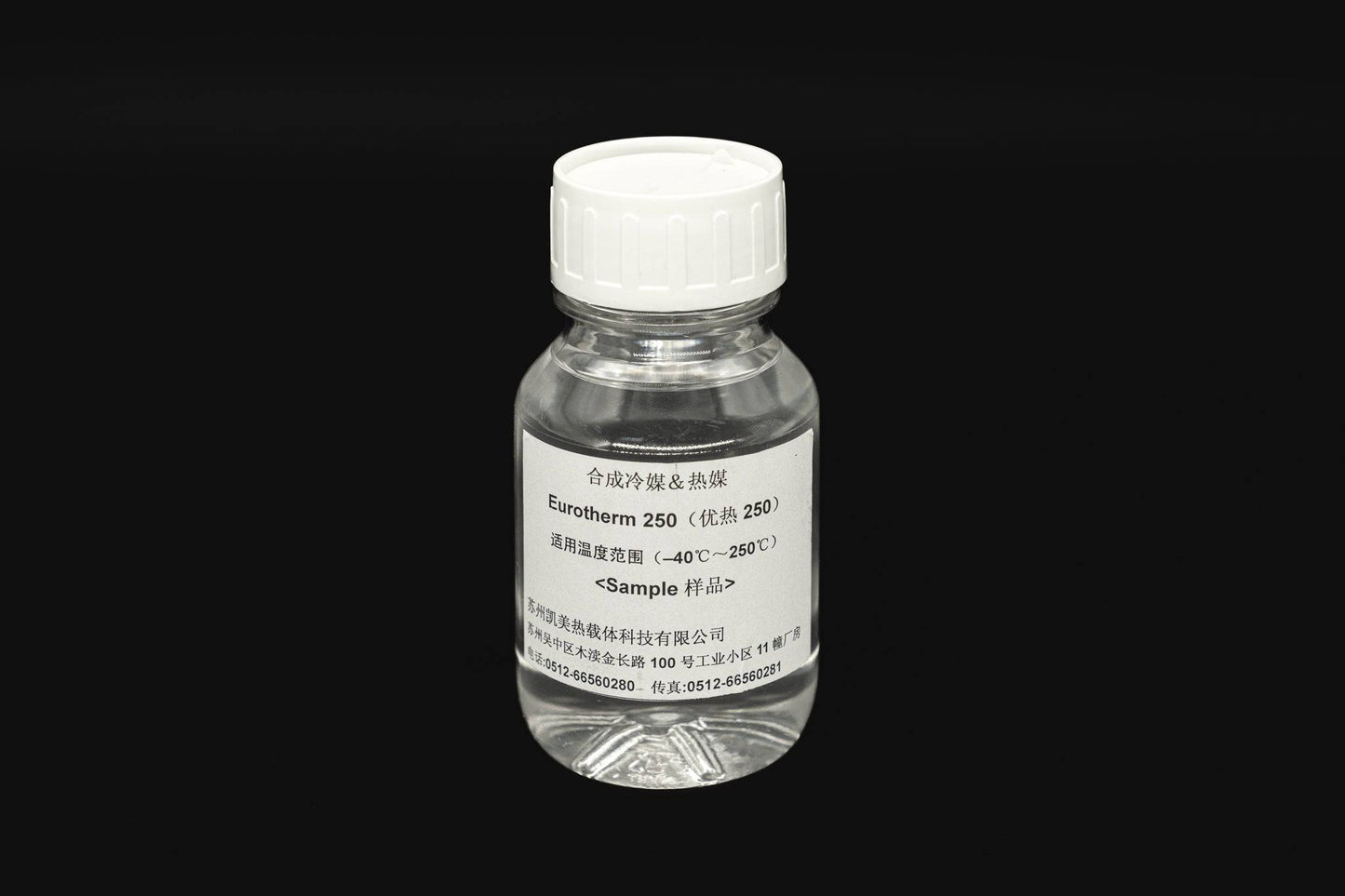The Ultimate Guide To Chemie
Table of Contents5 Easy Facts About Chemie ExplainedFacts About Chemie RevealedChemie Can Be Fun For EveryoneThe Ultimate Guide To ChemieThe Single Strategy To Use For ChemieChemie Things To Know Before You Buy
By Bojanna Shantheyanda, Sreya Dutta, Kevin Coscia and David SchiemerDynalene, Inc. Liquid cooling, which can be attained utilizing indirect or direct methods, is utilized in electronics applications having thermal power densities that might go beyond secure dissipation with air cooling. Indirect liquid cooling is where heat dissipating digital parts are physically separated from the liquid coolant, whereas in instance of straight cooling, the elements are in straight call with the coolant.However, in indirect cooling applications the electric conductivity can be vital if there are leakages and/or spillage of the fluids onto the electronic devices. In the indirect cooling applications where water based fluids with deterioration preventions are usually utilized, the electrical conductivity of the liquid coolant generally depends upon the ion concentration in the liquid stream.
The increase in the ion focus in a closed loop liquid stream may take place as a result of ion leaching from steels and nonmetal components that the coolant liquid is in call with. During procedure, the electrical conductivity of the fluid might enhance to a degree which can be unsafe for the cooling system.
The Ultimate Guide To Chemie
The samples were allowed to equilibrate at room temperature for 2 days before taping the preliminary electric conductivity. In all tests reported in this research fluid electrical conductivity was measured to an accuracy of 1% making use of an Oakton disadvantage 510/CON 6 collection meter which was calibrated before each measurement.
The Ultimate Guide To Chemie
from the wall surface home heating coils to the center of the furnace. The PTFE example containers were placed in the furnace when stable state temperatures were reached. The test configuration was gotten rid of from the furnace every 168 hours (seven days), cooled down to space temperature level with the electric conductivity of the fluid measured.
The electrical conductivity of the fluid example was monitored for an overall of 5000 hours (208 days). Number 2. Schematic of the indirect shut loophole cooling experiment set-up - therminol & dowtherm alternative. Table 1. Elements made use of in the indirect shut loophole cooling experiment that are in contact with the liquid coolant. A schematic of the experimental setup is displayed in Figure 2.

How Chemie can Save You Time, Stress, and Money.
The adjustment in fluid electrical conductivity was kept an eye on for 136 hours. The fluid from the system was collected and stored.

0.1 g of Dowex resin was added to 100g of fluid examples that was absorbed a separate container. The blend was mixed and change in the electric conductivity at space temperature was determined every hour. The gauged modification in the electric conductivity of the UP-H2O and EG-LC examination liquids including polymer or steel when immersed for 5,000 hours at 80C is shown Figure my latest blog post 3.
Some Of Chemie
Figure 3. Ion seeping experiment: Calculated modification in electrical conductivity of water and EG-LC coolants including either polymer or metal samples when submersed for 5,000 hours at 80C. The outcomes suggest that steels contributed less ions right into the fluids than plastics in both UP-H2O and EG-LC based coolants. This could be because of a thin metal oxide layer which may function as an obstacle to ion leaching and cationic diffusion.
Fluids having polypropylene and HDPE displayed the most affordable electrical conductivity changes. This can be because of the short, rigid, direct chains which are less most likely to contribute ions than longer branched chains with weak intermolecular forces. Silicone additionally executed well in both test liquids, as polysiloxanes are typically chemically inert as a result of the high bond power of the silicon-oxygen bond which would prevent deterioration of the material right into the fluid.
Indicators on Chemie You Should Know
It would be expected that PVC would certainly create similar results to those of PTFE and HDPE based on the similar chemical structures of the materials, nevertheless there may be other pollutants existing in the PVC, such as plasticizers, that might influence the electrical conductivity of the fluid - silicone fluid. In addition, chloride groups in PVC can also leach into the test fluid and can trigger a boost in electrical conductivity
Polyurethane entirely disintegrated into the examination liquid by the end of 5000 hour examination. Before and after pictures of metal and polymer examples submersed for 5,000 hours at 80C in the ion seeping experiment.
Measured change in the electrical conductivity of UP-H2O coolant as a function of time with and without material cartridge in the closed indirect air conditioning loophole experiment. The gauged adjustment in electrical conductivity of the UP-H2O for 136 hours with and without ion exchange material in the loophole is shown in Figure 5.
Comments on “Unknown Facts About Chemie”